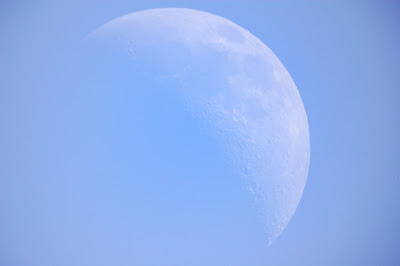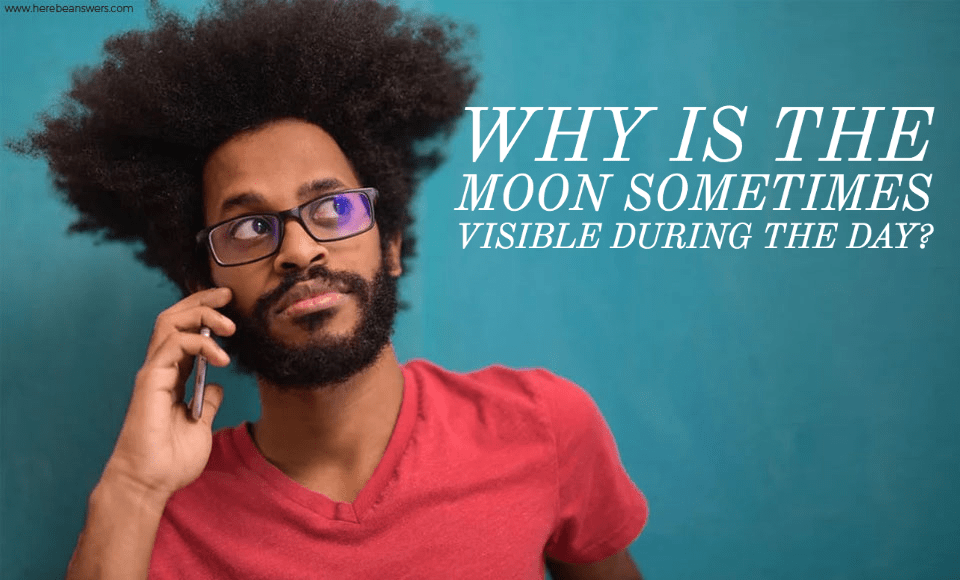
The viewing of the Moon during certain times of the day is also relevant to the state of the Earth’s atmosphere. The shine of the stars is usually gone during the day, and the Sun’s light is more powerful than its brightness. In addition, we cannot see these stars because of their scattered light. However, the Moon is considered as the second brightest object in our sky next to the Sun, so even if it appears pale, we can sometimes still see it during the day if it is closer to the Sun’s position from the Earth’s perspective. On the other hand, on days wherein there is excessive glare or cloudiness, the Moon may not be visible, especially when it is before and after a New Moon. Despite the Moon and Sun often appearing to be close together, the Sun is always approximate 400 times farther away from Earth compared to the Moon. We can typically see the Moon during the daytime when the Sun and Moon are relatively close in direction and trajectory from the Earth, although their alignment is not perfect. When they are aligned too closely, we cannot see the Moon because the Sun is directly behind it, thus disabling the Sun from lighting up the side of the Moon that is facing our planet. When they are in opposite directions during the daytime, with the Sun being overhead and the Moon on the opposite side of the Earth, then we the Moon will be more visible in the sky, as long as there are no thick clouds or fog blocking its view.
Whenever the Moon is overhead, we normally do see it, but the Sun is not visible since it is already night time if the Moon is high above the sky. It is when the Moon and Sun are at right angles or are close to each other in alignment, that we can best see the Moon during the day. The Moon, the Sun, and the Earth would often form a big triangle, with the Sun placed “in front” of the Moon to light up the one side that is visible to us, and this phenomenon often happens in the daytime because the Sun is up in the sky above us.
To get a clearer picture, let us imagine the Sun as a big light bulb and the Moon as a large mirror. There are certain situations where we cannot see the light bulb, but there are also instances where we can see the light from the bulb reflected in the mirror. This imagined situation is when the Moon is out at night. We cannot see the Sun directly mainly because the Earth is blocking our view of it, but we do see its light reflected from the Moon. But there are also occurrences where we see both the light bulb and the mirror, and this is what typically happens when we see the Moon during the day.
